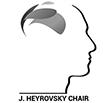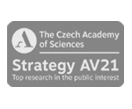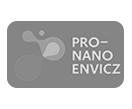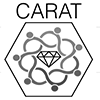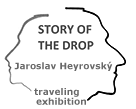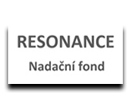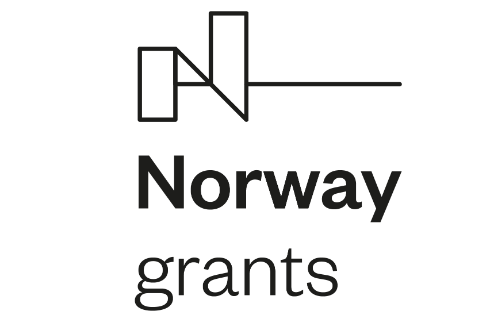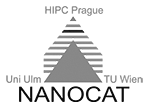The T cell early stage of activation at the plasma membrane as revealed by STED microscopy
Jorge Bernardino de la Serna, PhD. (Science & Technology Facilities Council, Research Complex at Harwell, United Kingdom)
28.4.2016 at 10:00 in R.Brdicka Hall
Abstract:
Lymphocyte T cells are responsible for cell-mediated adaptive immune responses, involving transient interactions of the T-cell receptor (TCR) with peptides presented by MHC proteins. A productive interaction triggers the T cell signaling forming the immunological synapse. Initially, the TCR is phosphorylated by the Lck, a membrane-anchored tyrosine kinase, producing membrane microclusters. Understanding the T-cell pre-synaptic triggering implies comparing resting vs. activated states. Super-resolution imaging techniques (i.e. dSTORM and PALM) suggested protein pre-clustering into “nano-domains” in resting cells, contradicting the classical view of cluster formation upon activation. However, observations with cells touching non-activating surfaces probably don’t resemble a true resting state. Instead, avoiding contacts would allow better understanding the resting and early stages of activation. We studied live T cells in suspension employing a hydrogel in a density gradient and used STED nanoscopy to unravel the plasma membrane distribution and dynamics of Lck and the TCR in T-cells on glass and in suspension. T cells suspended in the hydrogel do not triggered calcium, indicating absence of activation; while classically considered resting states triggered calcium in a similar fashion as when cells were deposited onto a surface functionalized by antibody (antiCD3 and antiCD28) coating. In contrast to surface-contacting, suspended T-cells showed mostly a uniform distribution of Lck and TCR. Nevertheless, Lck and TCR still displayed heterogeneity in mobility in the true resting state. We found several components of mobility rather than a single one. These different diffusion coefficients were remarkably slower when T cells were in contact with any of the studied surfaces. Our results suggest that pre-clustering of signaling receptors and cell-surface proteins in resting T-cells needs reconsideration and that understanding the T cell activation requires a true resting state, which we can be obtained by observing Tcells in suspension.
Lymphocyte T cells are responsible for cell-mediated adaptive immune responses, involving transient interactions of the T-cell receptor (TCR) with peptides presented by MHC proteins. A productive interaction triggers the T cell signaling forming the immunological synapse. Initially, the TCR is phosphorylated by the Lck, a membrane-anchored tyrosine kinase, producing membrane microclusters. Understanding the T-cell pre-synaptic triggering implies comparing resting vs. activated states. Super-resolution imaging techniques (i.e. dSTORM and PALM) suggested protein pre-clustering into “nano-domains” in resting cells, contradicting the classical view of cluster formation upon activation. However, observations with cells touching non-activating surfaces probably don’t resemble a true resting state. Instead, avoiding contacts would allow better understanding the resting and early stages of activation. We studied live T cells in suspension employing a hydrogel in a density gradient and used STED nanoscopy to unravel the plasma membrane distribution and dynamics of Lck and the TCR in T-cells on glass and in suspension. T cells suspended in the hydrogel do not triggered calcium, indicating absence of activation; while classically considered resting states triggered calcium in a similar fashion as when cells were deposited onto a surface functionalized by antibody (antiCD3 and antiCD28) coating. In contrast to surface-contacting, suspended T-cells showed mostly a uniform distribution of Lck and TCR. Nevertheless, Lck and TCR still displayed heterogeneity in mobility in the true resting state. We found several components of mobility rather than a single one. These different diffusion coefficients were remarkably slower when T cells were in contact with any of the studied surfaces. Our results suggest that pre-clustering of signaling receptors and cell-surface proteins in resting T-cells needs reconsideration and that understanding the T cell activation requires a true resting state, which we can be obtained by observing Tcells in suspension.







